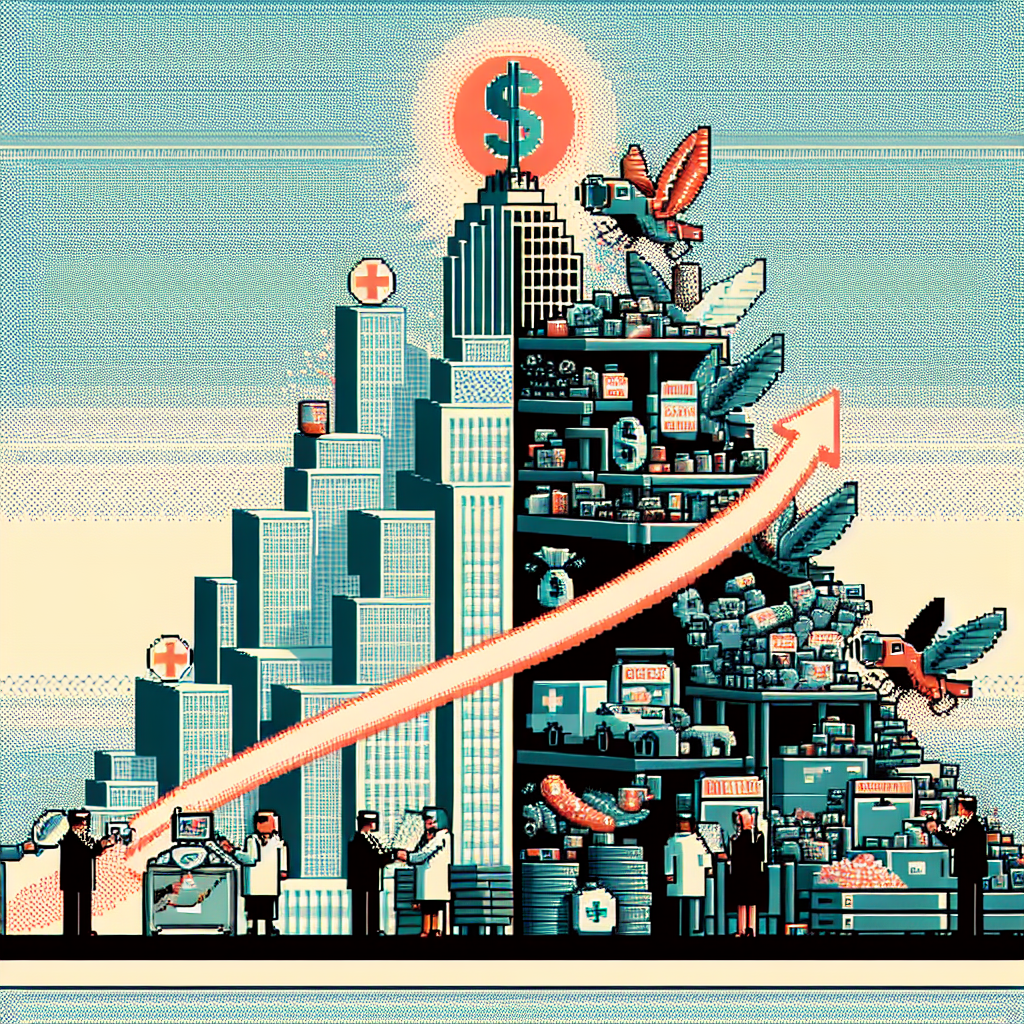Tom Izzo breaks down in tears during postgame interview after Michigan State reaches Elite Eight - New York Post | Analysis by Brian Moineau
Title: You’re Not Crying. Tom Izzo is Crying: A Heartfelt Moment in Sports
In the world of college basketball, few names resonate more than Michigan State’s legendary coach, Tom Izzo. Known for his fiery passion, strategic acumen, and a knack for developing young talent, Izzo has long been a fixture of March Madness. This year, however, the iconic coach showed a different side of his persona—one that was raw, emotional, and profoundly human. After leading Michigan State to the Elite Eight, a milestone that is both coveted and fiercely contested, Izzo broke down in tears during a postgame interview. And just like that, the man who’s often seen as a pillar of strength revealed a vulnerability that resonated with fans and athletes alike.
The Tears of a Titan
Tom Izzo’s emotional moment was more than just a fleeting instance of vulnerability. It was a testament to the emotional investment that coaches make in their teams. Izzo, a Hall of Famer with a career spanning decades, has been a constant presence in college basketball, leading Michigan State to numerous victories and Final Four appearances. Yet, despite his accolades, this year’s journey to the Elite Eight clearly meant something special.
Why the tears? Perhaps it’s the culmination of a season filled with challenges, both on and off the court. It’s no secret that the pandemic has altered the sports landscape, and adapting to these changes has been no small feat for coaches and players. Izzo’s tears could symbolize the relief of overcoming adversity, the joy of seeing his players succeed, and the weight of expectations finally lifting, if only for a moment.
A Broader Connection
Izzo’s emotional display is a reminder of the broader human experience—where triumph is often accompanied by tears. It’s a sentiment that stretches beyond sports. In recent years, we’ve seen public figures in various fields show vulnerability. From celebrities advocating for mental health awareness to leaders admitting their struggles, there’s a growing acceptance that showing emotion is not a sign of weakness but of authenticity.
In the realm of sports, this trend is evident. Athletes like Naomi Osaka and Simone Biles have openly discussed their mental health challenges, sparking important conversations about the pressures faced by those in the limelight. Izzo’s tears add to this narrative, illustrating that even the strongest among us have moments of profound emotion.
A Look at Tom Izzo
For those unfamiliar with Tom Izzo, his career is a testament to dedication and excellence. Born and raised in Michigan, Izzo has spent his life in basketball, starting as an assistant coach before taking the helm at Michigan State in 1995. Under his leadership, the Spartans have become a powerhouse, known for their defensive prowess and relentless work ethic.
Beyond his coaching skills, Izzo is admired for his mentorship and ability to connect with players on a personal level. His impact on the lives of young athletes is immeasurable, and his dedication to their development—both on and off the court—is what sets him apart.
Final Thoughts
Tom Izzo’s tears are a reminder of the beauty of sports. They encapsulate the highs and lows, the dedication, and the raw emotion that make athletic competitions so compelling. In a world that often emphasizes stoicism and the suppression of feelings, Izzo’s heartfelt moment is a breath of fresh air.
As we celebrate Michigan State’s achievement and look forward to the rest of the tournament, let’s carry with us the understanding that it’s okay to feel deeply. Whether you’re a coach, a player, or an avid fan, emotions are an integral part of the journey. So, the next time you find yourself swept up in a moment of triumph or defeat, remember—you’re not crying, Tom Izzo is crying, and that’s perfectly okay.
Read more about AI in Business


